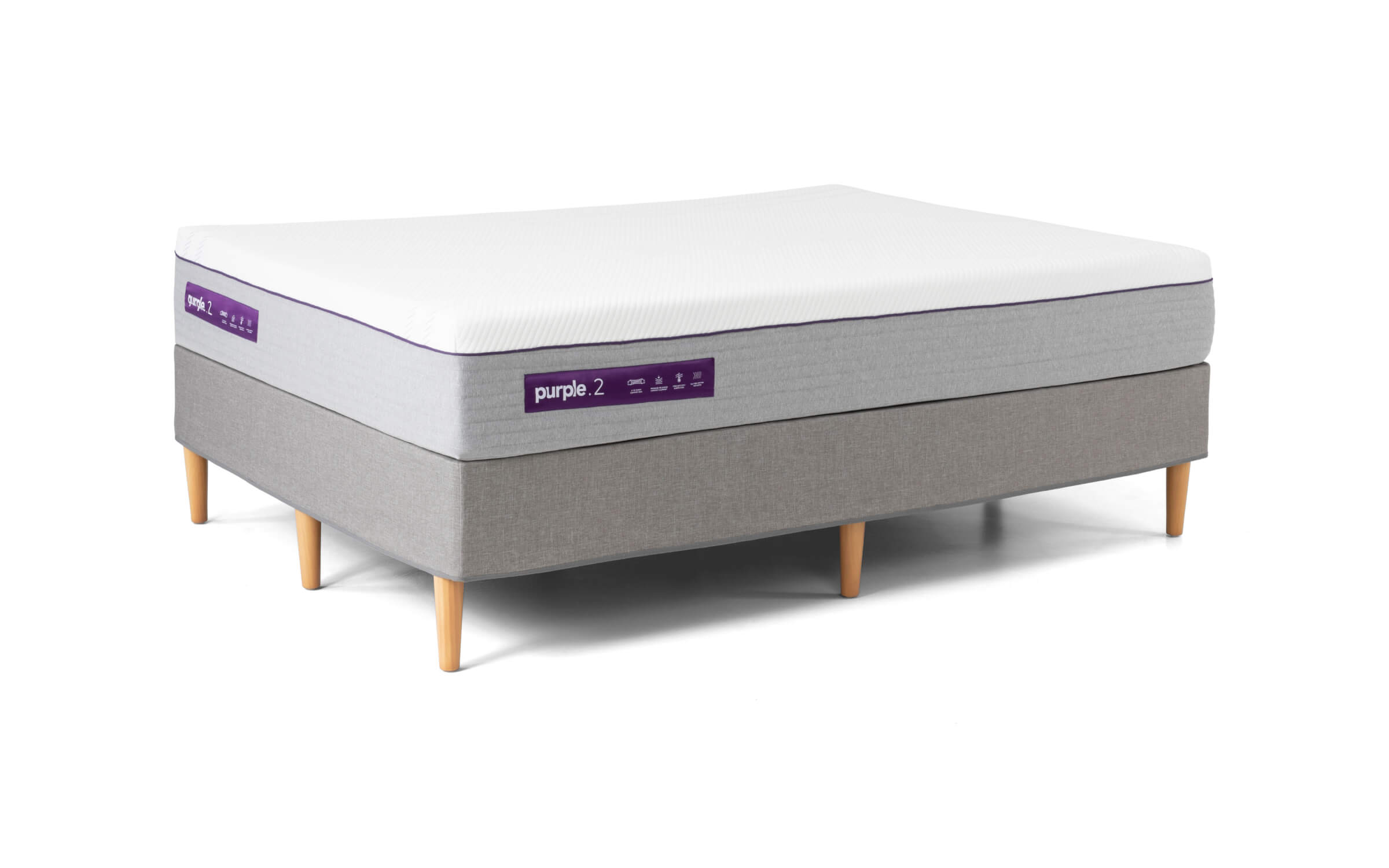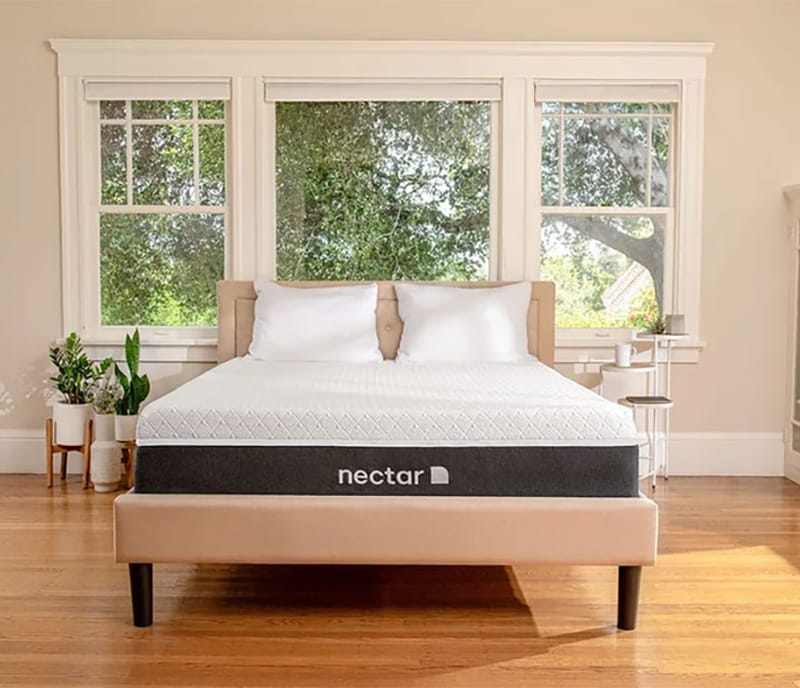FlexFit™ 2 Base – Sleep Number
The FlexFit™ 2 smart adjustable base allows you to elevate your head and is controllable from you smart phone device.
The FlexFit™ 2 smart adjustable base allows you to elevate your head and is controllable from you smart phone device.
- Endless positions and favorites like the feeling of zero gravity
- Gently raise your partner’s head to help alleviate snoring*
- Find your way at night with underbed lighting
Available in Stone Linen fabric to match any decor. Fits standard bedroom furniture. Made in the USA with global components.
360 Standard Adjustable Legs included with bed. There are 7 settings on the legs that range from 13.75″ to 18.25″.
Adjustable legs include optional rubber caps for use with hardwood floors. Caps add 1/4″ to height of the bed.
Fits within industry standard-size furniture or bed frames. No assembly required.
- Twin XL: 37″ W x 79.5″ L
- Full/Double: 52.5″ W x 73.5″ L
- Queen: 58.5″ W x 79.5″ L
- King: (Include Split & FlexTop King): 75″ W x 79.5″ L
- Cal King: (Include Split & FlexTop Cal King): 72″ W x 83.5″ L
Height (all sizes): 7 adjustable settings ranging from 13.75″ H to 18.25″ H. Weight of base: 116 lbs.






by Matt
This device has given my wife and I a lot better and fuller sleep
by Beth
LOVE, LOVE, LOVE, our new bed! Makes hanging out in bed heavenly:)
by Louie
We love our new sleep number bed. I’m at 45 and my wife is at 35. My dogs really don’t have a preference.
by Scirvi
Makes my bed soooo much more comfortable! Easy to use with the app, and love to customize my sleeping, reading or lounging positions.
by Yoda
You can get into any kind of position that is most comfortable for you!
by Amanda
I love being able to adjust the position depending on how my back is on any given day. So comfortable.
by Lisa
The base is very easy to use and the remote gives you a lot of information regarding how your sleep was for teh previous night!
by Ree
This is a really good adjustable frame. It responds well when adjusting with my phone. I would suggest getting a remote because it does get a little annoying to have to unlock my phone each time I want to make an adjustment.